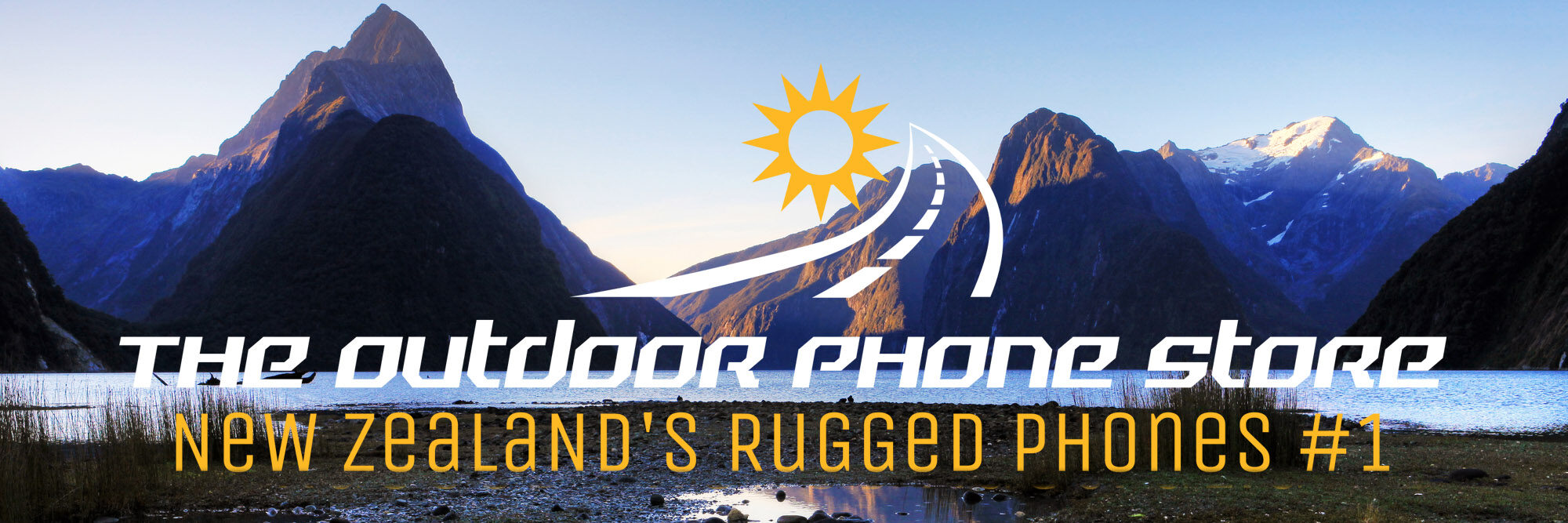Pope ends Holy Land visit; June 6 set for Vatican meeting with Peres, Abbas
By Joel Greenberg/McClatchy Foreign Staff
JERUSALEM – On a day laden with symbolism that evoked the fraught history of relations between Jews and the Catholic church, Pope Francis on Monday laid a wreath on the grave of Theodor Herzl, the founder of Zionism, the first such tribute by a visiting pope.
The gesture was part of a packed itinerary that also included a visit to Israel’s national Holocaust memorial, encounters with top Jewish and Muslim clerics, and visits to the Western Wall, Judaism’s most revered shrine, and the compound of the al-Aqsa mosque, Islam’s third-holiest site.
The final day of what the pope called a religious pilgrimage to the Holy Land resonated with the political overtones that have accompanied his carefully choreographed trip to the West Bank and Israel, which followed a stop in Jordan.
The visit to Herzl’s grave at Israel’s national cemetery was a counterpoint to gestures to the Palestinians during the pope’s visit to the West Bank on Sunday, during which he referred to “the State of Palestine” and paused for prayer at an Israeli-built wall separating Bethlehem from Jerusalem.
Accompanied by Israeli President Shimon Peres and Prime Minister Benjamin Netanyahu, the pope laid a wreath of yellow and white flowers, the Vatican colors, on Herzl’s black marble tombstone, then placed a stone, in accordance with Jewish custom, and bowed his head.
The gesture came 110 years after Herzl’s meeting with Pope Pius X, in which the pontiff rebuffed a plea for support for the Zionist effort to establish a Jewish state in Palestine, asserting that the Jews should have converted to Christianity.
After decades of uneasy relations, Israel and the Vatican established diplomatic ties in 1994. In the first papal visit in 1964, Pope Paul VI caused resentment when he chose to arrive from Jordan to northern Israel, instead of Jerusalem, and failed to mention Israel by name.
A visit in 2000 by Pope John Paul II, who left a note in a crevice of the Western Wall asking forgiveness for Christian persecution of Jews and commiting to “genuine brotherhood with the people of the Covenant” was considered groundbreaking.
At a ceremony at the Yad Vashem Holocaust memorial on Monday, Pope Francis greeted and kissed the hands of six Holocaust survivors, some of whom had been saved by non-Jews. He paused for several minutes at a stone marker covering the ashes of victims.
“Never again, Lord, never again!” he said. “Here we are, Lord, shamed by what man, created in your own image and likeness, was capable of doing.”
Controversy over the role of Pope Pius XII during the Holocaust has been a source of tension between Israel and the Vatican. Two years ago, the Yad Vashem museum changed the wording of an exhibit on the pope’s actions, softening an earlier depiction of Pius as failing to intervene to prevent the deportation of Jews to death camps.
There have been calls in Israel for opening church archives from the World War II period to learn what the Vatican knew about the Holocaust, a step Pope Francis endorsed before he took office.
When he arrived in Israel on Sunday, the pope condemned a deadly attack Saturday on the Jewish museum in Brussels as a “criminal act of anti-Semitic hatred.”
After the visit to Herzl’s grave, Netanyahu accompanied Francis to a memorial to Israelis killed in terrorist attacks, including 85 people killed in the 1994 bombing of the Jewish community center in Buenos Aires, the pope’s hometown.
The unplanned stop, requested by Netanyahu, was meant to offset the pope’s impromptu prayer at the separation wall in Bethlehem, part of a barrier along and inside the West Bank that Israel says is meant to block Palestinian attackers.
“I explained to the pope that building the security fence prevented many more victims,” Netanyahu said later.
Francis held separate meetings with Netanyahu and with Peres, who has accepted the pope’s invitation to come to his home in the Vatican with President Mahmoud Abbas of the Palestinian Authority to pray for peace. Israeli and Palestinian officials said the gathering was expected to take place on June 6.
At the Western Wall, a remnant of a retaining wall around the plaza of the ancient Jewish temple, the pope paused for prayer, then tucked a letter into a crack between the massive stones, in keeping with longstanding custom.
Earlier, Francis visited the Dome of the Rock shrine in the adjacent al-Aqsa mosque compound, taking off his shoes in accordance with Muslim practice. He was greeted by the Grand Mufti of Jerusalem, the top ranking Muslim cleric in the city. The pope also met with Israel’s chief rabbis, one representing Sephardic Jews of Middle Eastern and North African origin, and the other Ashkenazi Jews of European descent.
Francis ended his three-day trip with a mass at the Cenacle, a room venerated by Christians as the site of Jesus’s Last Supper. The building also houses a shrine known to Jews as King David’s Tomb, and had been the focus of recent protests by religious Jews alarmed by reports that the site would be handed to Vatican control.
The Cenacle service was attended by about 200 priests and seminarians. It was the third Mass the pope celebrated during his visit to the West Bank and Israel. Police said the heavily guarded service went off without incident.







